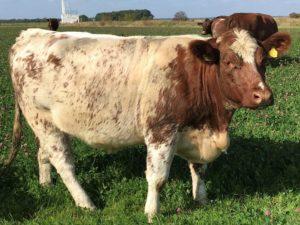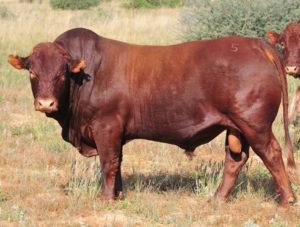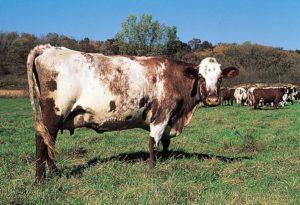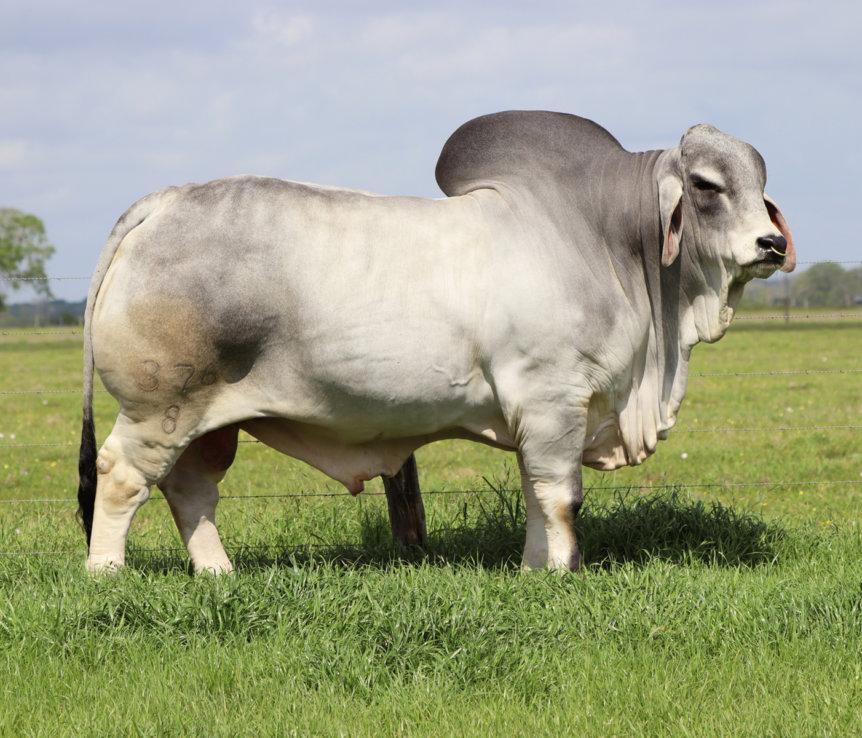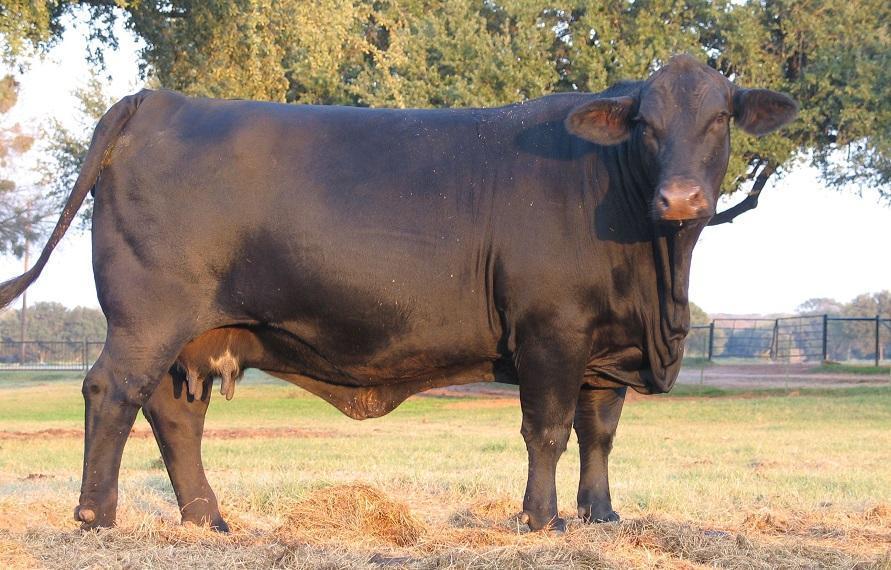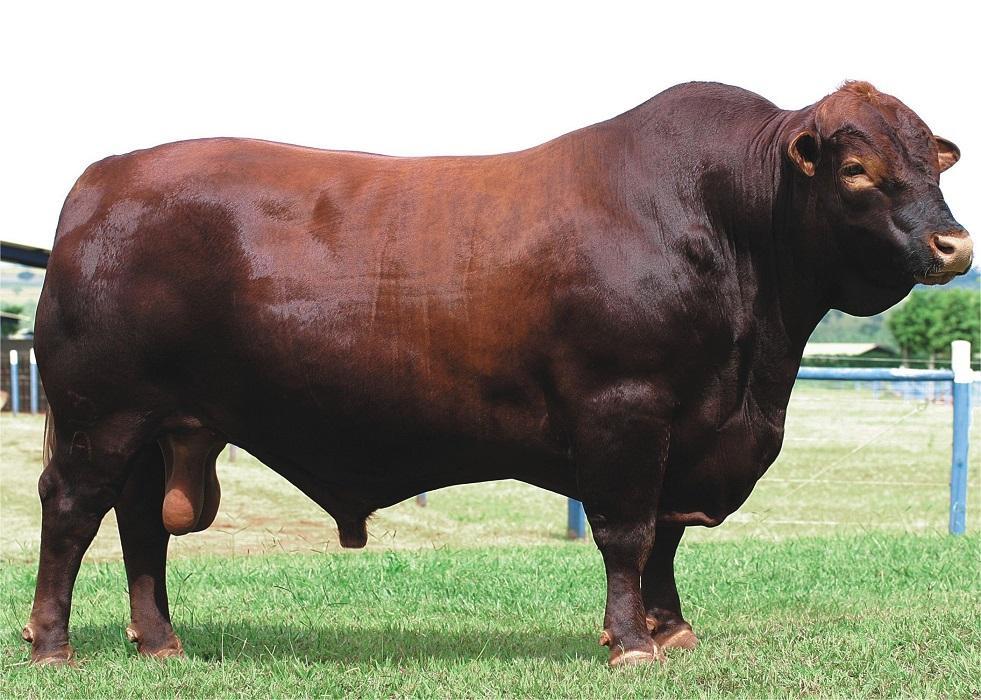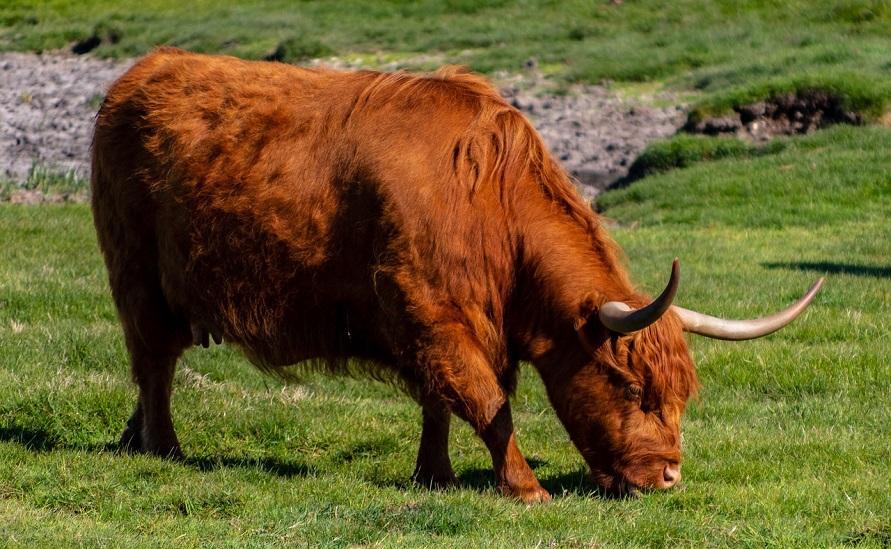Shorthorn Cattle
The shorthorn cattle are a dual-purpose breed reared for milk and meat purposes. However, over time, several strains of the shorthorn developed due to the emphasis on certain traits while breeding. These include the beef shorthorn, the dairy shorthorn, and the polled shorthorn.
| Physical Characteristics | It has short horns and a blocky build |
| Temperament/Personality | Docile |
| Coat Color | Varied; red, red with white markings, or roan |
| Size | Medium to large |
| Weight | Male: 800-1000 kg Female: 800 kg |
| Height | Male: 155 cm Female: 140 cm |
| Uses | Dairy and meat |
| Diet | Grazing on green pastures, hay also works as a substitute. |
| Lactation Period | 305 days |
| Gestation Period | 282 days |
| Lifespan | 20 years |
| Climate Tolerance | Temperate |
| Price | $2500-$4305 |
| Country of Origin | North East England |
| Standard and Qualification Information | The Shorthorn Society of United Kingdom & Ireland, American Shorthorn Association, Shorthorn Association of Australia, Canadian Shorthorn Association, New Zealand Shorthorn Association |
History and Development
This breed’s ancestry was traced back to the Durham and Teeswater cattle found in the counties of Durham, Lincoln, Northcumberland, and York in England in the 18th century. It eventually spread to Scotland and soon after to America in 1783, where it was very popular with settlers due to its adaptability. The shorthorn could be used as a draft animal and provide milk and meat.
It would spread throughout America, across the Great Plains and far west. From 1854, the farmers in the Mid-west would begin to import these cattle directly from Scotland.
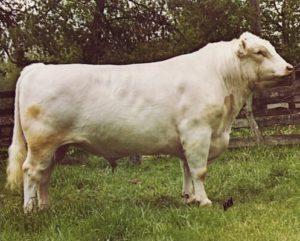
The breed has spread to several countries in the present day, including Argentina and Uruguay in South America, Australia, and New Zealand in Australasia, Ireland and the UK in Europe, South Africa and Zimbabwe in Africa, and Canada and the USA in North America. In Australia in particular, the breed has flourished since its introduction in 1800 to pastorilize the country, leading to several strains being developed over time.
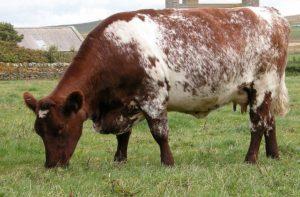
In 1822, the first ever herd book called the Coates Herd Book was established for the shorthorn cattle. This was the first time someone had created a herd book to catalog a cattle breed. Currently, it records around 15000 cattle annually.
Milk Production
The shorthorn cattle reared for dairy products can produce around 7000 kg of milk annually. Their milk has 3.8% butterfat and 3.3% protein content.
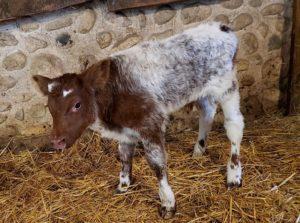
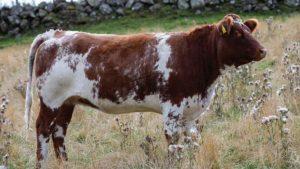
Meat Production
These cattle tend to produce tender and highly marbled beef.
Interesting Facts
- The shorthorn cattle are the oldest registered breed of domesticated cattle worldwide.


